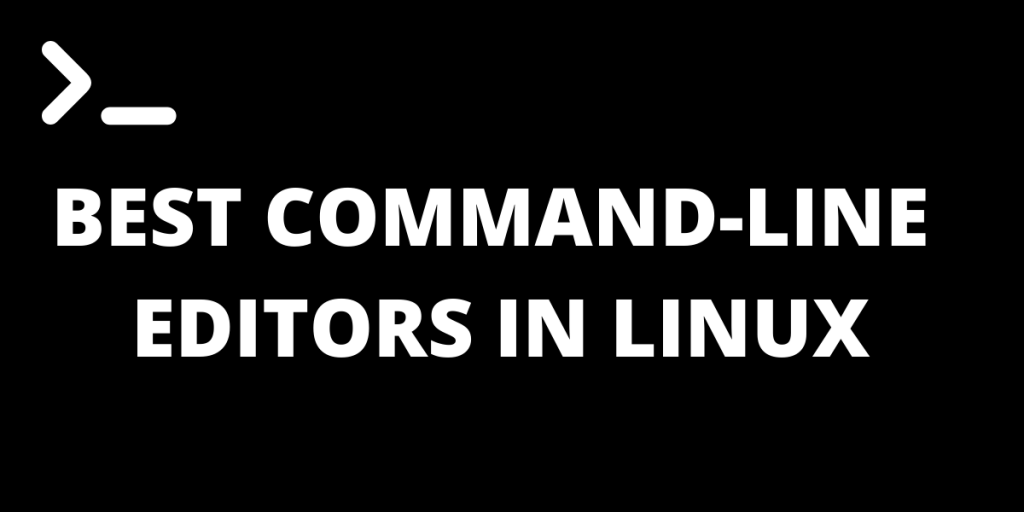A text editor is one of the most used applications on any operating system. Whether you are writing some sophisticated code or editing the basic system configs, you will be using some text editor. So it’s important that you choose a text editor that doesn’t slow you down and maximizes productivity.
The use of a text editor in Linux is no different with one caveat, the userbase that is most likely to use Linux is developers and system administrators who need terminal-based text editors as opposed to GUI-based text editors to write sophisticated code or edit basic system configs without leaving the command line interface. Hence, it is crucial to choose a powerful and efficient Linux text editor terminal that keeps us productive and integrates seamlessly with our workflow.
Top 4 Terminal-Based Text Editors for Linux
Terminal-based text editors do exactly that by removing the need to ever leave your terminal and providing strong keyboard support, making the mouse redundant.
So now, let’s look at the best terminal-based text editors Linux offers.
1. Vim
Vim is one of the most popular command-line text editors ever. If you have been using Linux for some time, you probably have heard jokes about how difficult it is to use Vim. It is certainly true that VIM has a steep learning curve due to its minimal mouse support and multiple modes, but once you learn to use the extensive keyboard mappings and commands Vim offers, you can be more productive than you ever were. No scrolling down to the end of the document now, you can just press G!
Also read: Vim Tutorial – All You Need, To Get Started with VIM
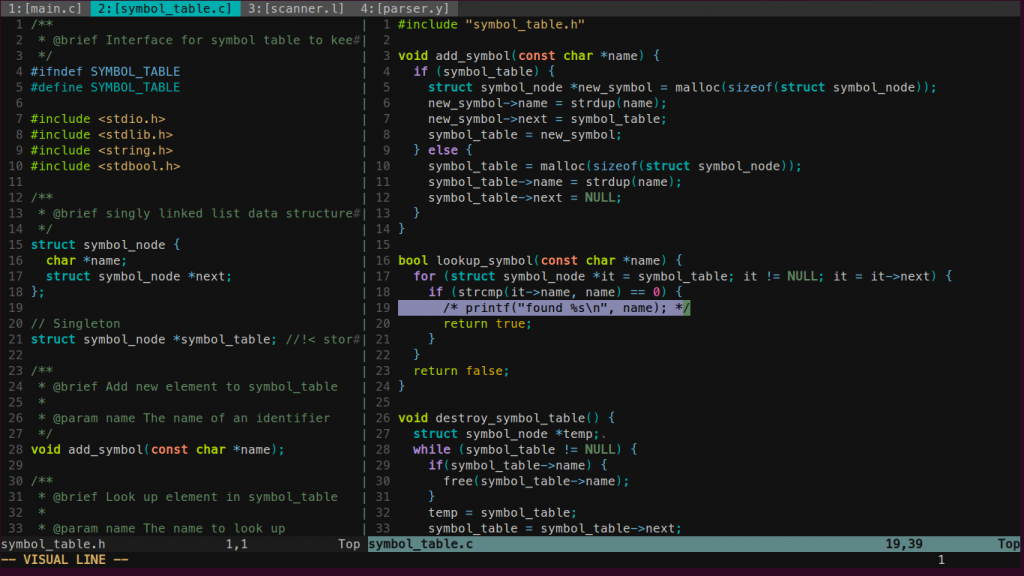
These key mappings can be customized and extended, too, and the “recording macros” feature can also help you automate the sequence of keystrokes. Vim also has a lot of community plugins that add to the functionality or even beautify your working environment.
It also offers a fun interactive tutorial application called “vimtutor” which will take you through all its basic commands and features so that you can get started with your command line editing journey.
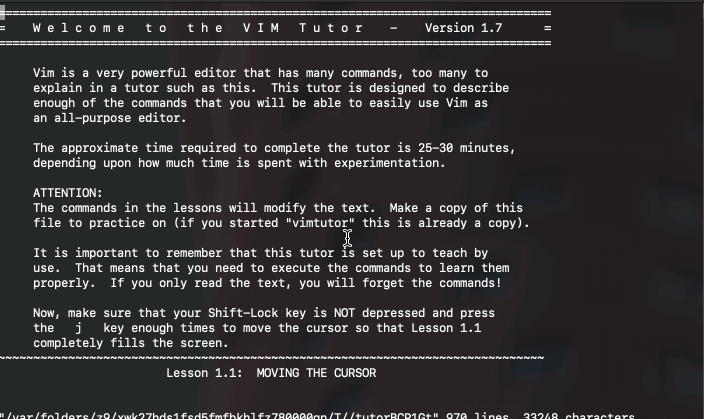
To get started with Vim, check out: Vim Tutorial
2. Emacs
Emacs vs. Vim has been among the most heated discussions in the Linux community for years. But one thing that Emacs easily beats Vim is age. With its initial release in 1976, Emacs is one of the oldest pieces of software still being maintained. Emacs, just like Vim, can be complex at first, but it will provide you with the fastest and most productive working environment ever.
Also read: Nano vs VIM editor – What’s the difference between nano and vim editors?
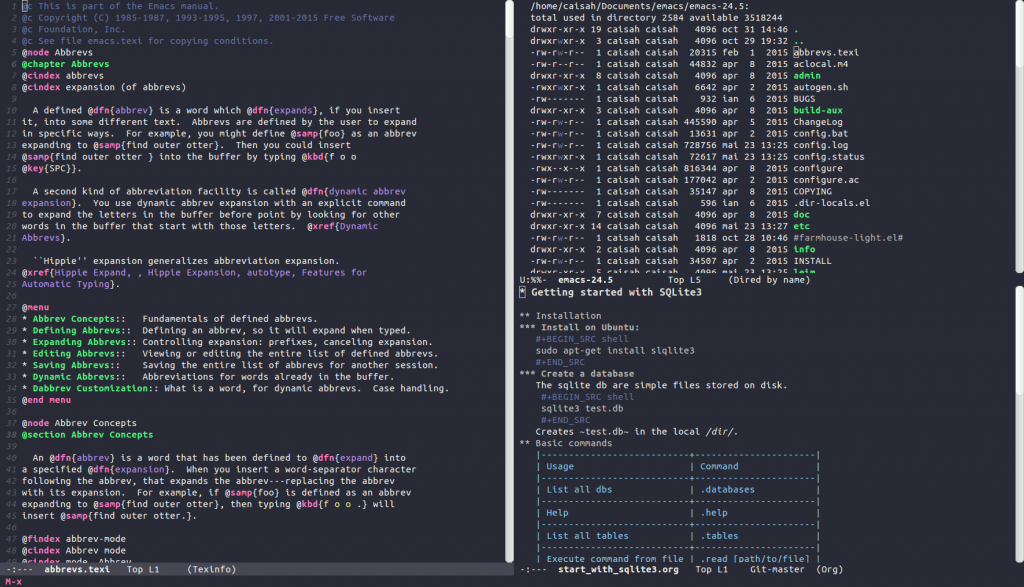
Apart from being able to do everything Vim can, Emacs is insanely extensible. It even comes with its own fully-fledged package manager to download those extensions. With Emacs, you can browse the internet, check your mail, read pdf, listen to music, share files, watch movies, check IRC, play games, and much more INSIDE THE TEXT EDITOR ITSELF.
Emacs is undoubtedly one of the most powerful text editors ever written. So powerful, in fact, that it is often jokingly called an operating system instead of a text editor, and it’s not hard to see why.
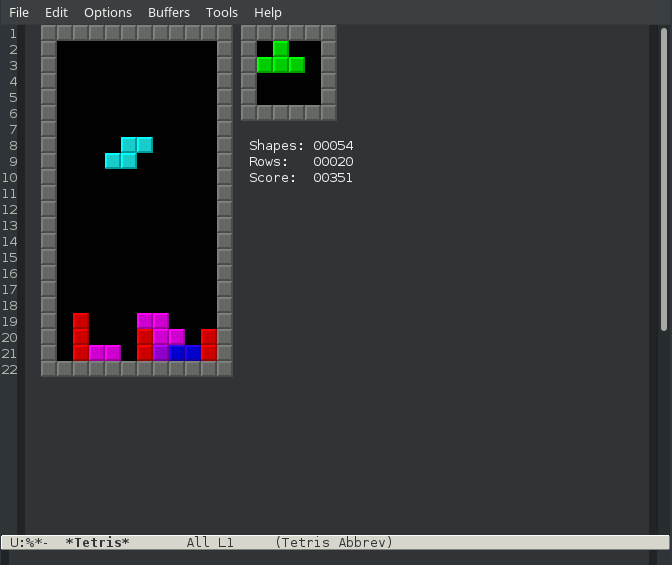
To get started with Emacs, check out: Basic Emacs guide
3. Nano
Another classic. Nano, unlike Emacs and Vim, is as beginner as it can get. Nano comes pre-installed on most distros and is usually the first cli-text editor most people use. It is simple, minimal, intuitive, and perfect for simple config editing.
Also read: nano editor in Linux – A Complete Beginner’s Reference to the nano editor
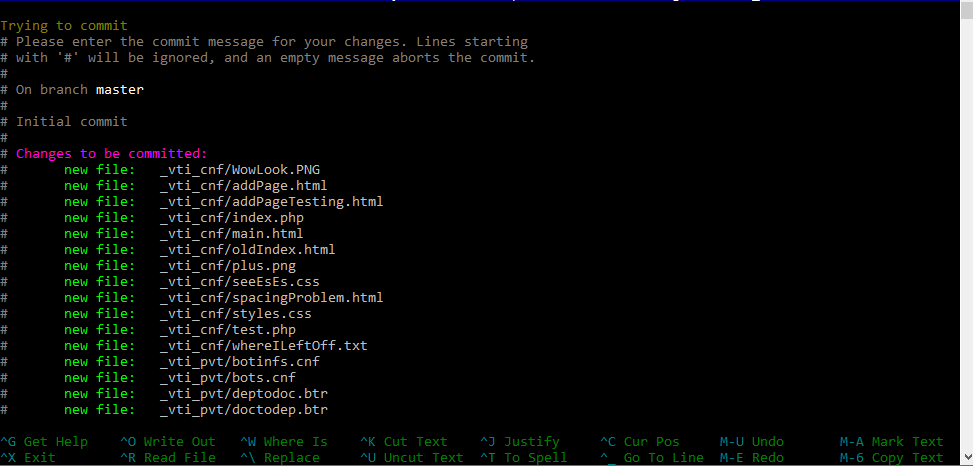
To get started with Vim, check out: Nano tutorial
4. ne
If you want something with high-end features like the ones Vim has but at the same time want a more gradual learning curve, ne is just the thing for you. By default, ne comes with syntax highlighting, a macro scripting system for automating keystrokes, regex support, and bracket matching, all things lacking in nano. However, it follows nano’s approach in its intuitive and simple key bindings.
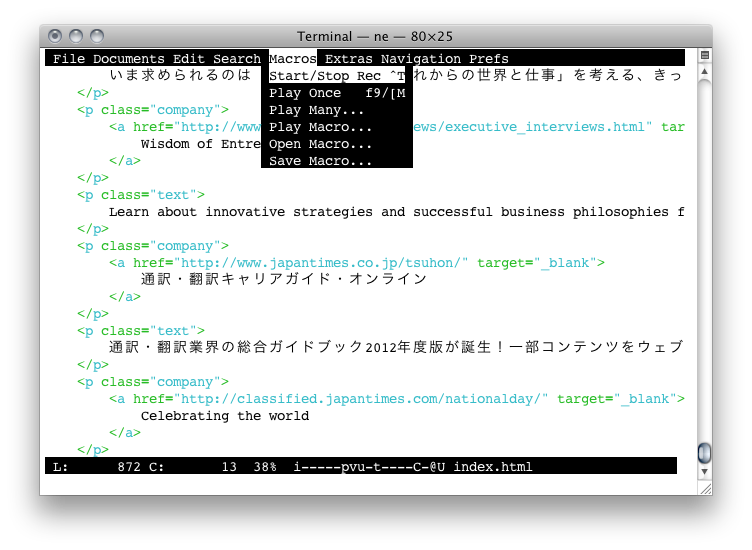
ne was picked as the third-best terminal by LinuxVoice, with Emacs and Vim taking up the first two spots. Sadly it doesn’t have a lot of community plugins and extensions.
Conclusion
These command-line text editors fit just about everyone’s needs. Want a super-efficient work environment and don’t mind learning a bunch of keybindings? Vim it is! Want everything that Vim has but also better integration with other applications? Emacs is just the thing. Don’t want to spend hours learning commands but still want decent features? Look no forward than ne! But if all you want is to edit a few lines of code and don’t care about efficiency, Nano is always there for you 🙂
